
Common Potoo
BIEMPARADO Común
Nyctibius griseus
The common potoos are highly nocturnal and generally do not fly during the day. They spend the day perched upright on branches with their big eyes half closed. The cryptic plumage shows an intricate pattern of fine streaks and spotting which allows them to camouflage resembling stumps, and if they detect potential danger, they adopt a "freeze" position which even more closely resembles a broken branch. The transition between perching and the freeze position is gradual and hardly perceptible to the observer. It is a bird with a dull grayish-brown, streaked with black on crown, and mottled with dusky and buff. Throat buffy-white with sparse dusky streaks. Chest gray-brown, mottled with buff. Belly grayer and paler. Bill dusky and feet brownish. The underparts show spot bands across the breast. The legs and feet are weak and used only for perching. Their eyes, which could be conspicuous to potential predators during the day, have unusual slits in the lids, which allow potoos to sense movement even when their eyes are closed. They inhabit open woodland, forest edges and feed on flying insects, especially beetles and moths. They do not construct a nest of any kind, instead laying the single egg on a depression in a branch or at the top of a rotten stump. The egg is white with purple-brown spots. One parent, often the male, incubates the egg during the day and then the female at night. The common pottoo displays a mobbing behavior in which an individual or a group of birds deliberately confronts a potential predator. They emit loud repeated calls, which generally attract additional birds of other species to join the mobbing. Their eyes reflect the light of flashlights.
Es un ave nocturna que durante el día permanece posada inmóvil en una rama truncada de un árbol generalmente alto aunque a veces se le observa en cercas o tocones a baja altura. Cuando está perchada permanece con la cabeza hacia arriba. Es más activa después del atardecer y caza insectos al vuelo haciendo salidas cortas desde una percha. Canta en noches de luna y su sonido es reconocido por ser uno de los más fantasmales de los trópicos americanos. De apariencia grisácea a café oscuro moteado con estriado y vermiculado de color canela, gris y negro. Algunos pueden presentar en el pecho unas pocas manchas negras concatenadas. Su cola presenta 8 a 10 bandas negruzcas. Ambos sexos son similares. Pesan entre 145 a 202 g. Habitan en bordes de bosque húmedos, plantaciones con árboles dispersos, bordes de selvas y manglares. Se alimenta principalmente de insectos. Pone un huevo blanco con manchas violetas o cafés sobre un hueco formado por el nudo de un árbol. El período de incubación es de 33 días. Ambos padres se turnan para alimentar y calentar la cría durante la noche. El polluelo permanece bajo el cuidado de sus padres por 3 semanas después de la eclosión y un mes después adquiere el plumaje necesario para volar.
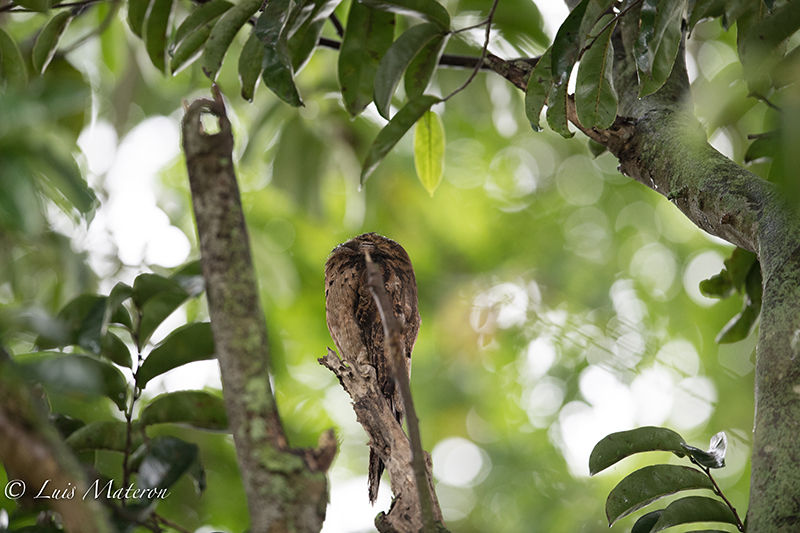
LAM_4118
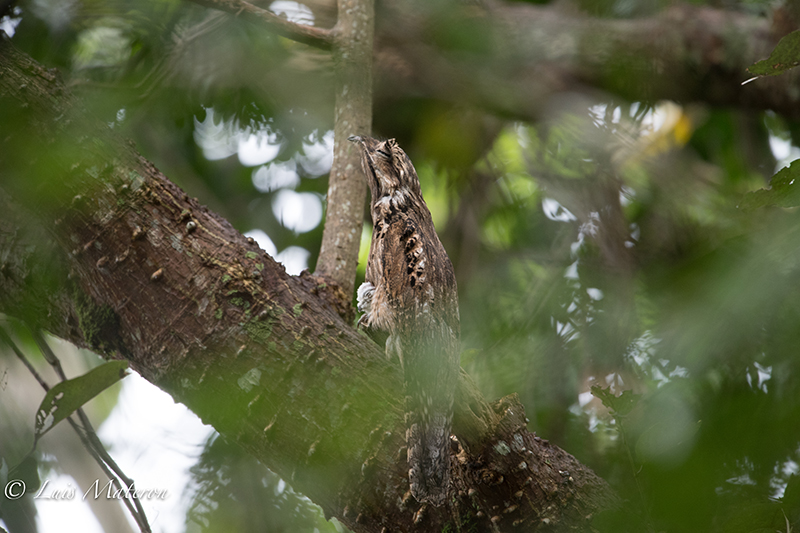
LAM_4254

LAM_4256
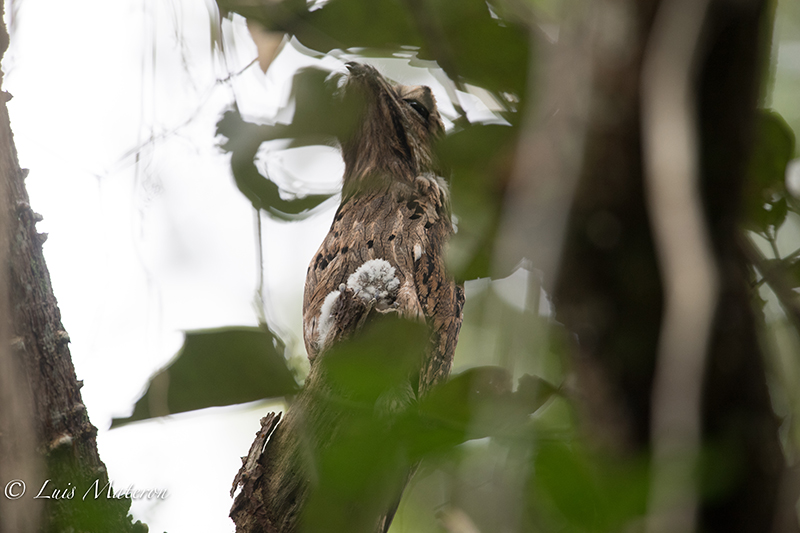
LAM_4284
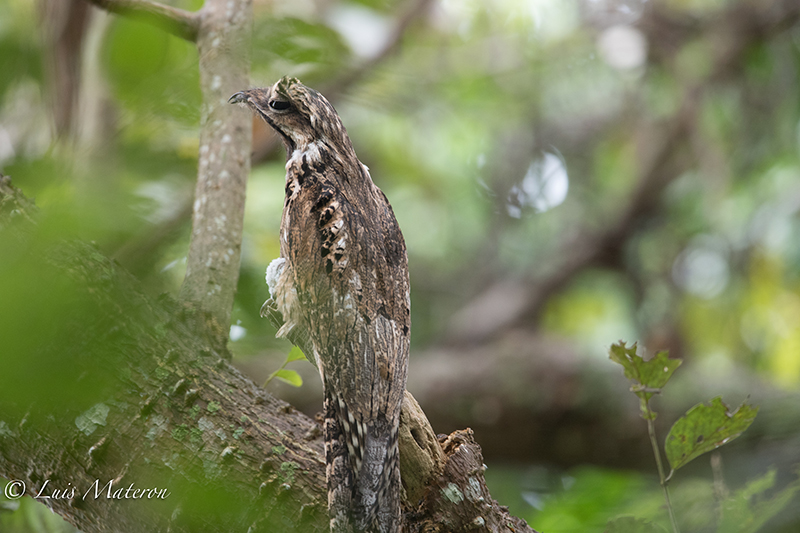
LAM_4277
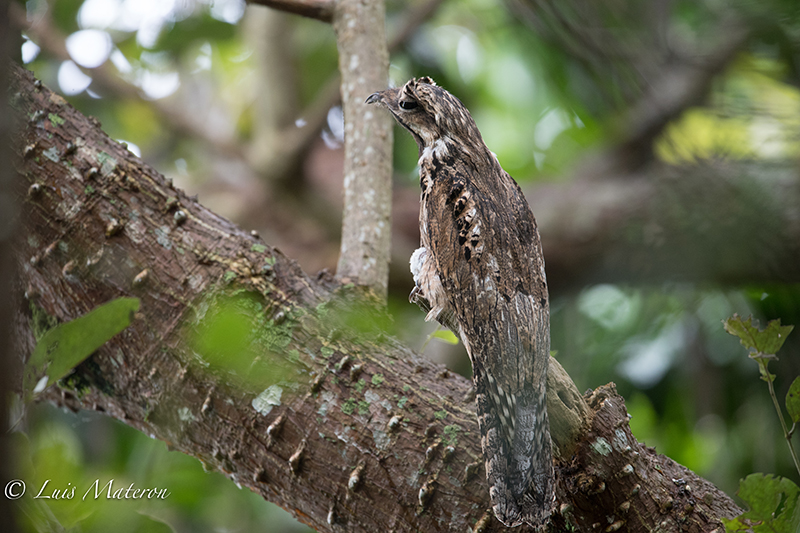
LAM_4271

LAM_4258
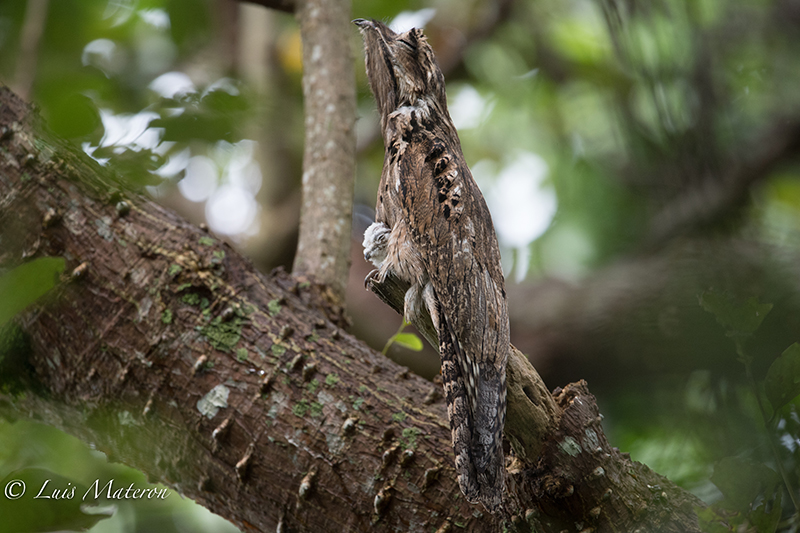
LAM_4260
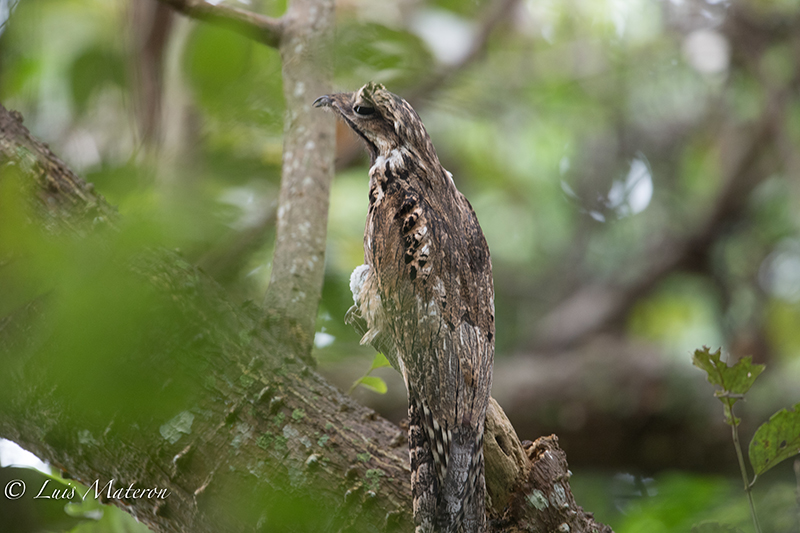
LAM_4275
